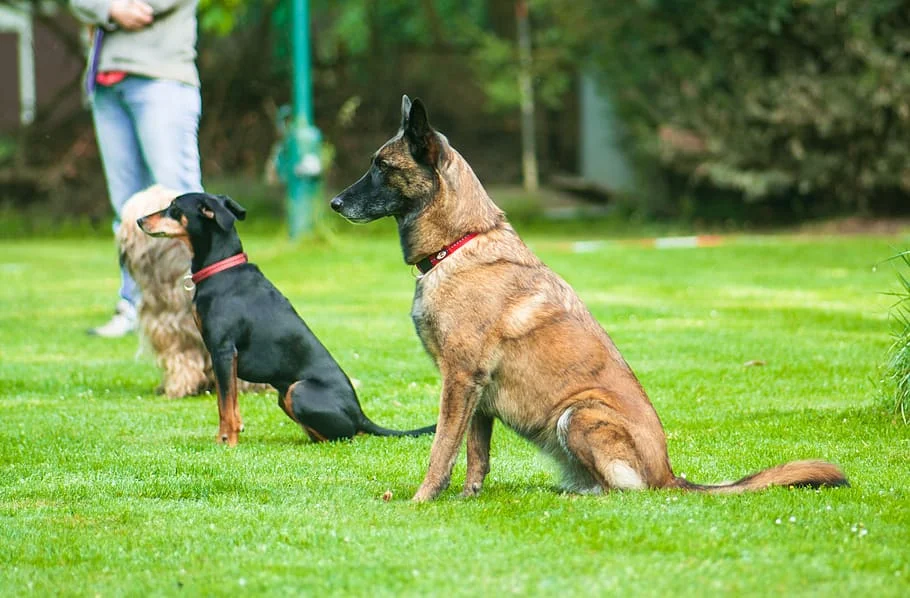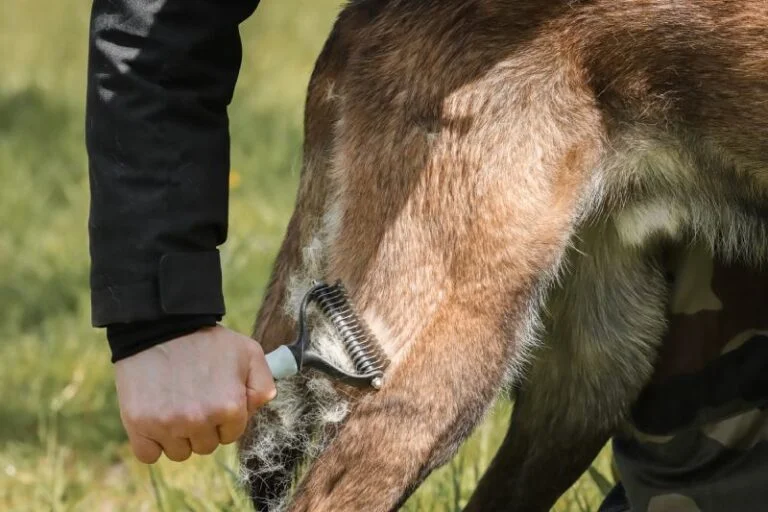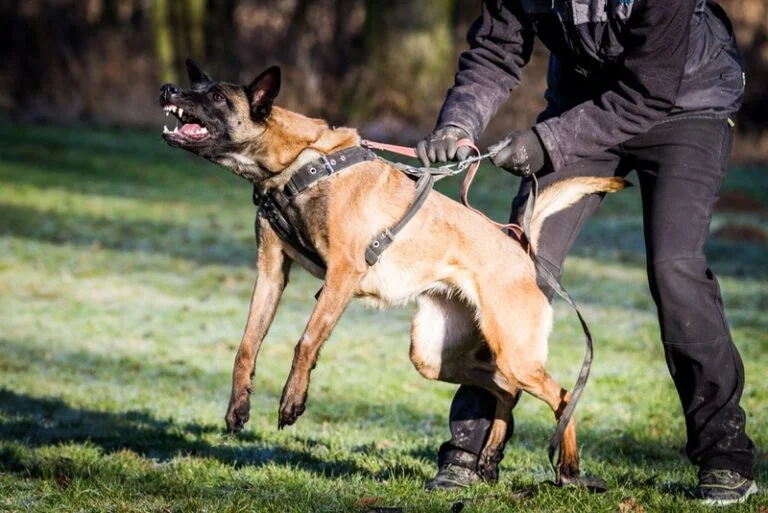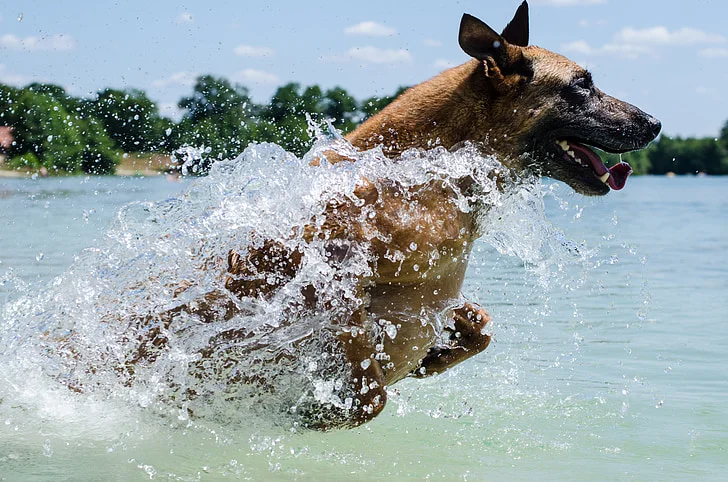How to Train a Belgian Malinois to Sit
Welcome to the comprehensive guide on how to train a Belgian Malinois to sit. Obedience training is a fundamental aspect of nurturing a well-behaved and disciplined canine companion. In this guide, we’ll explore effective techniques, step-by-step instructions, and expert tips to ensure success in training your Belgian Malinois to sit on command. Whether you’re a first-time dog owner or looking to refine your training skills, this guide is tailored to help you achieve a reliable and responsive “sit” command from your Belgian Malinois.
Understanding the Importance of Sit Training
Teaching your Belgian Malinois to sit goes beyond a basic command. It forms the foundation for good behavior, effective communication, and a harmonious relationship between you and your canine companion. The “sit” command is versatile, serving as a precursor to other commands and a valuable tool in managing your dog’s behavior in various situations.
Before diving into the training process, it’s essential to understand why teaching your Belgian Malinois to sit is a cornerstone of obedience training.
Step-by-Step Guide: How to Train a Belgian Malinois to Sit
Follow these steps to train your Belgian Malinois to sit effectively:
1. Establish a Positive Environment
Begin the training in a quiet and familiar environment, free from distractions. This sets the stage for focused learning and helps your Malinois associate the training with a positive experience.
2. Use High-Value Treats
Choose high-value treats that your Malinois finds especially enticing. These treats will serve as a powerful motivator during the training process. Ensure the treats are small and easy to consume quickly.
3. Begin with Basic Commands
Before teaching the “sit” command, ensure your Malinois is familiar with basic commands like “sit” and “stay.” These foundational commands establish a language of communication between you and your dog.
4. Lure with Treats
Hold a treat close to your Malinois’s nose, allowing them to catch the scent. Slowly lift the treat above their head, guiding them into a sitting position. As their rear touches the ground, say “sit” clearly and immediately reward them with the treat.
5. Repetition and Consistency
Practice the “sit” command consistently, repeating the process multiple times during short training sessions. Consistency is key to reinforcing the association between the command and the action. Gradually reduce the use of treats as your Malinois becomes more proficient.
Troubleshooting Tips
If your Belgian Malinois encounters difficulties during the training process, consider these troubleshooting tips:
1. Patience is Key
Be patient and avoid frustration. Each dog learns at their own pace, and maintaining a positive and patient attitude contributes to a more successful training experience.
2. Adjust Treat Rewards
If your Malinois seems disinterested in the treats, experiment with different types or flavors. Finding the right treat incentive can significantly enhance motivation during training.
3. Short, Positive Sessions
Keep training sessions short and positive. Dogs respond well to brief, focused sessions. Ending on a positive note reinforces the association between the command and the desired behavior.
Situational Applications of the “Sit” Command
The “sit” command proves invaluable in various situations, enhancing your control and your Belgian Malinois’s behavior. Here are a few situational applications:
- At the Door: Teach your Malinois to sit before opening the door, promoting calm behavior and preventing door-dashing.
- During Walks: Use the “sit” command before crossing roads or approaching other dogs, ensuring a controlled and safe walking experience.
- Mealtime Manners: Reinforce good manners by having your Malinois sit before receiving their meals, preventing jumping or excessive excitement.
FAQs: Clarifying Sit Training Queries
Q1: How long does it take to train a Belgian Malinois to sit?
A1: The timeframe for sit training varies among individual dogs. Some may grasp the concept quickly, while others may require more time. Consistent, short sessions over several weeks typically yield positive results.
Q2: Can I use toys instead of treats for sit training?
A2: While treats are often effective motivators, some dogs may respond well to toys or praise. Experiment to determine what resonates best with your Malinois and use it as a positive reinforcement tool.
Q3: Is it too late to train an adult Belgian Malinois to sit?
A3: It’s never too late to train a dog, even if they are adults. While puppies may learn more quickly, adult dogs can grasp new commands with patience and consistency in training.
Conclusion: Cultivating Obedience and Connection
Training your Belgian Malinois to sit is a journey that fosters obedience, connection, and mutual understanding. By following this comprehensive guide, you lay the groundwork for a well-behaved and responsive canine companion. Celebrate the small victories along the way, and enjoy the strengthened bond that emerges through the shared language of commands and positive reinforcement.








